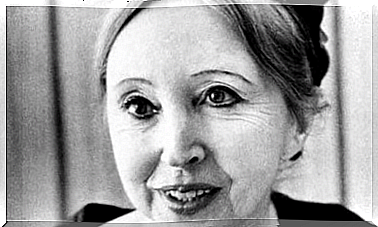Synectic: Characteristics And Techniques

The brain often applies the metaphor of the iceberg: what it suggests is only a tiny proportion of the whole.
So when this organ is faced with a problem that needs to be solved, a significant part of the mental processes that work towards solving the problem may be unconscious. Hence the appearance of the synectic.
This discipline, whose name comes from the English synectics, constitutes a methodology for solving problems. One of its objectives is to take advantage of the characteristics of this type of process, in order to generate an experience- based problem solving method that is more applicable and effective.

Historically, the synectic method dates back to the work of Arthur D. Little, during the second half of the twentieth century. Based on this research, scientists George M. Prince and William JJ Gordon formalized this technique with all of its features and strategic components.
Today, and after having gained an important place in companies, this term is a synonym for the solution of problems from a group point of view and thanks to the use of creativity as a nuclear strategy. This does justice to the meaning of his name. Indeed, through the synectic, one obtains creative solutions which one cannot explain simply by the addition of its components.
Characteristics and techniques of synectic
Synectic, conceived as a theory, designates the integrated action of several people who approach together the approach and the solution of different problems. As we have mentioned, it relies heavily on the creativity of the human being. In addition, she makes conscious use of preconscious mental mechanisms. This is where its real operational character lies.
The purpose of implementing this technique is to increase the likelihood of successfully solving problems. Of course, this probability varies depending on what can be learned from the innovation obtained, in terms of action strategies and from the synergistic activity of the members of the group.
The synectic is based on the following assumptions:
- The same psychic processes measure the phenomenon of invention of solutions in any discipline, whether artistic or more scientific
- The innovative process is a creative process capable of being defined and described with precision, of being worked on and understandable.
- Both the individual and the ensemble embark on the creative process in a very similar way. Nevertheless, the hypotheses resulting from the first complement those from the second.
The synectic claims to put aside the known and give way to what seems bizarre to us. For that, this technique seeks to lead us towards creative and innovative solutions as far as possible from the usual solutions.

The 5 types of analogy
To activate these mechanisms, there are at least 5 phases or techniques. These are centered on what is called “analogy”. They aim to examine the multiple facets of the same subject to avoid the most expected and common solutions:
- Direct analogy: thanks to the direct comparison between problems, one seeks to take the problem out of its context and place it in other circumstances, to examine it in a broader and freer way.
- Personal analogy: people see the problem in the first person in order to identify with it. We thus manage to empathize with the problem to be solved and identify the emotions involved.
- Contrary analogy: the objective is to move away from the problem by finding concepts contrary to it. We thus succeed in delimiting the said problem and adopting innovative perspectives on it.
- Symbolic analogy: in this phase, the problems are formulated in a reduced number of words of a poetic nature. We thus obtain characteristic keywords. They may be able to launch avenues of debate that we had not thought of before.
- Fantastic analogy: a situation similar to the problematic arises but from a fanciful perspective. It is a relatively different approach to concrete and logical thinking in order to steer our way of thinking in another direction.
Ultimately, the massive application of these techniques can lead to ways of thinking far removed from what we know. These bring us closer to the unusual. It is thus possible to obtain innovative and effective solutions, well beyond what a simple brainstorming would allow us to obtain.










